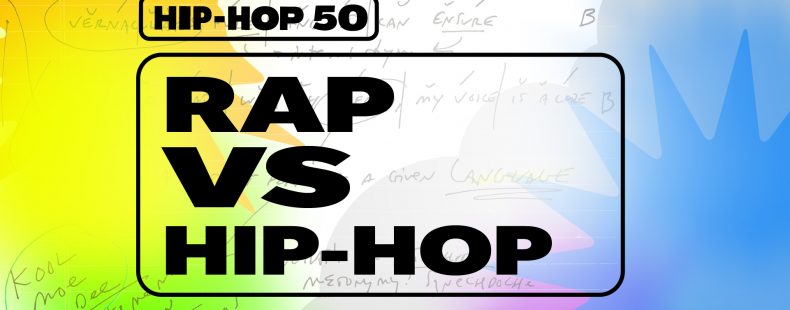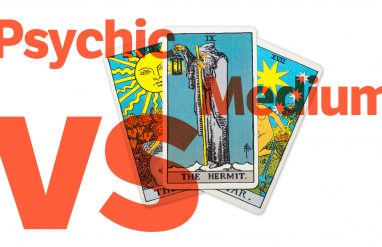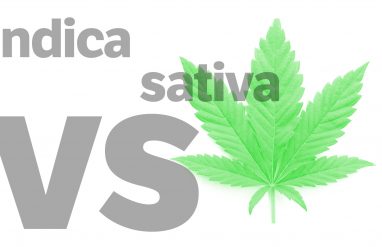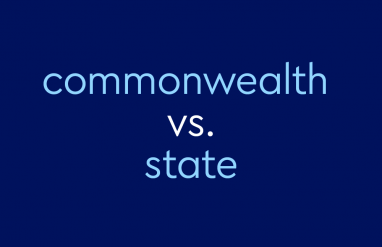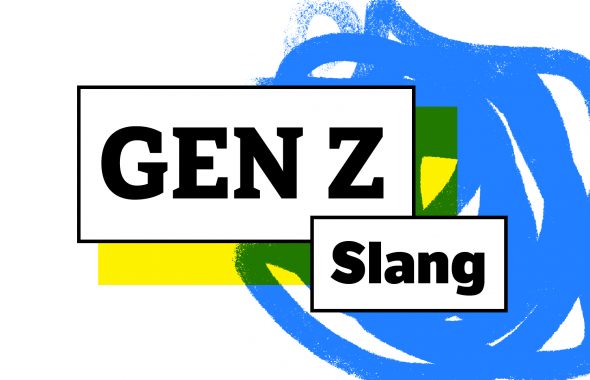🎤 Quick Summary
These two terms are often used interchangeably to refer to a musical genre, but the distinction is often made that hip-hop is a broader culture and phenomenon, and rap is just one (important) part of it. In other words: all rap is hip-hop, but hip-hop is not only rap.
Thirty years ago, in his 1993 song “Hip Hop vs. Rap,” hip-hop legend KRS-One summarized his view of the difference between the two: “Rap is something you do. Hip hop is something you live.”
Today, 50 years after the date in 1973 that is considered the birth of hip-hop, the terms rap and hip-hop are still often used interchangeably and in distinct ways.
Join us as we break down the distinctions and the overlap.
What is rap?
Rap is unmistakable as a musical style, characterized by rappers’ melodic and often quick recitation of lyrics (usually rhymes) to the accompaniment of musical beats. The range of rap is highly varied, with styles ranging from raw to refined—sometimes even within the span of a single song. The ideas and themes expressed through rap are just as diverse, but they often include personal narratives, boasts, political expression, insults against rivals, and wordplay, such as double entendres.
Rap can be artistic, commercial, and political, and it is often all three at once—a fact that has surely contributed to its popularity.
The word rap as a name for the genre seems to have been inspired by an earlier meaning of rap within the Black community to mean “an impressive verbal display” that is traced back to the 1950s. This usage can be further traced back to the use of rap as a verb dating back to the 16th century in the sense of “to utter words sharply and suddenly.”
What is hip-hop?
The term hip-hop is commonly used to refer to a musical genre, but the distinction is often made that it transcends music—that hip-hop is a cultural and global phenomenon.
Strictly speaking, hip-hop historians often point to a handful of elements that they consider as foundational and essential to hip-hop as a culture, including MCing, DJing, breakdancing, and graffiti, among others.
Read about the five core elements of hip-hop.
More broadly, the view of hip-hop as a cultural movement is based on not only its incorporation of and influence on other art forms, such as dance, fashion, and film, but also its intersection with and impact on business, language, politics, and activism, among other things.
The term hip-hop itself is often credited to musician Keith “Keef Cowboy” Wiggins, a member of legendary group Grandmaster Flash and the Furious Five. According to a popular story, Wiggins was rhyming to a friend who was joining the army and used the phrasing “hip, hop, hip, hop” to mimic the sound of marching. Wiggins’s “hip-hop” lyrics caught on with other musicians, and the phrase “hip-hop” became closely linked to the emerging culture. Eventually, the association became so strong that the phrase started to become used as the name of the phenomenon.
The word hip-hop has been used as a name for the musical genre since around the time of its emergence in the 1970s. The same is true for the word rap. So what is the difference?
Hip-Hop Vs. Rap
The distinction is often made that hip-hop is a broader culture and phenomenon, and rap is just one (important) part of it.
But first let’s talk about the music. In the context of music and genre, the word hip-hop is often used as another way of referring to the musical genre also known as rap. However: all rap is hip-hop, but hip-hop is not only rap.
Because of the prominence of rap as a musical genre that exploded in popularity in the 1980s and has only continued to rise, it is often the most visible part of hip-hop culture—hence why the two are so closely associated.
Many artists are properly identified as both rappers and hip-hop artists, including those from every era, such as LL Cool J, Snoop Dogg, Missy Elliot, Jay-Z, Kendrick Lamar, and Nicki Minaj, among countless others. But not all hip-hop artists are rappers. Some are DJs, while others are musical artists, such as Frank Ocean, who bend and transcend the genre. A notable example among many is Beyoncé, whose pop superstardom is inseparable from—and often viewed as a defining symbol of—hip-hop culture.
And then there are members of the hip-hop community who aren’t musicians at all—such as breakdancers, fashion designers, and graffiti artists.
Which brings us back to that point about rap being just one part of hip-hop. The term hip-hop can be used much more broadly than rap, but the impact of both on American and global culture can’t be overstated.
